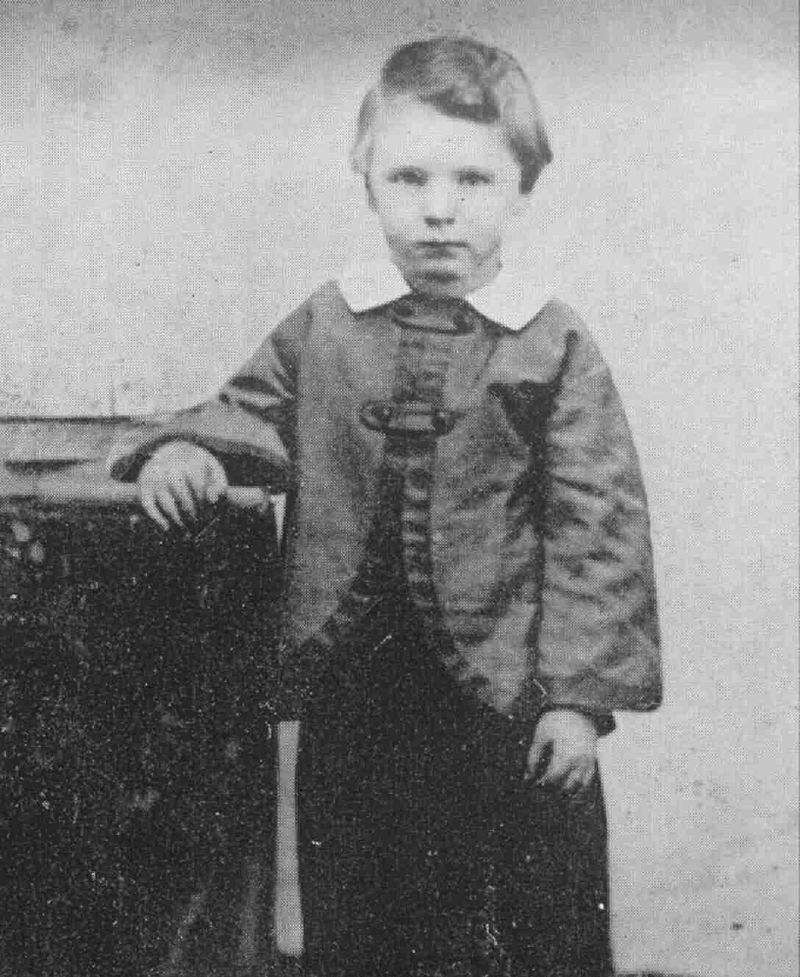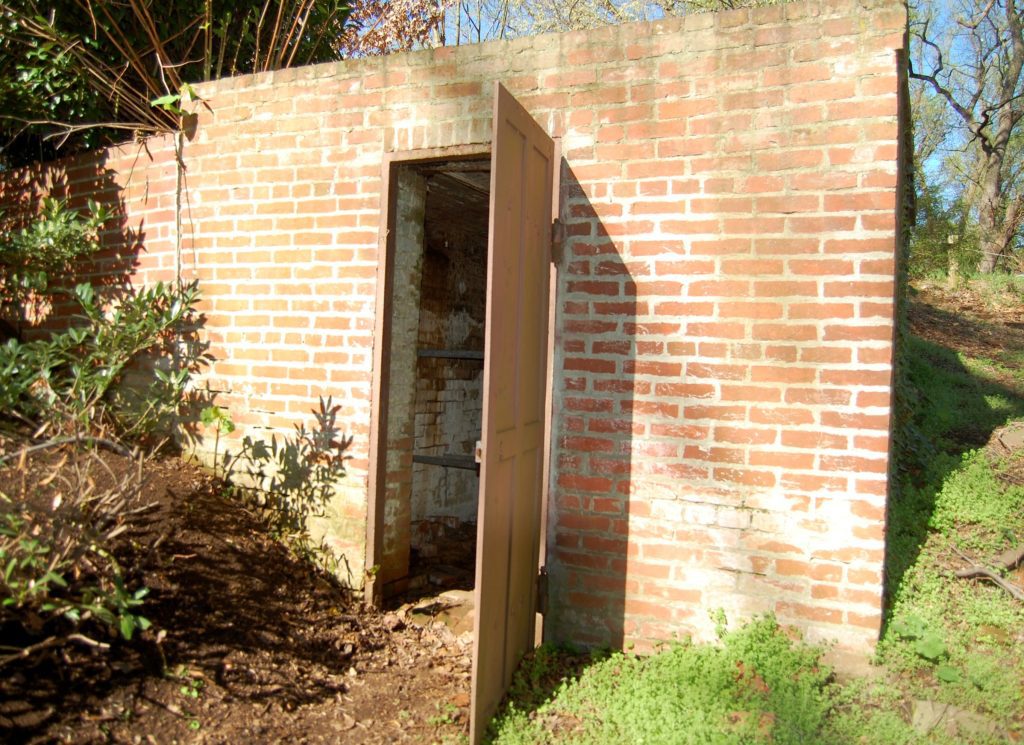Spirits in Our Midst: In Georgetown, We Are Haunted by History
By • October 25, 2017 0 4482

By Gary Tischler and Selma Khenissi
The old houses, cemeteries, streets, hillsides and even film sites evoke a sense of people, place and memories. In Georgetown, Halloween reigns. Just look at our home decorations. But there’s more here. Take a step back on the day before All Saints’ and All Souls’ Days and consider all those who have walked along these streets.
There is a kind of mist that creeps through the streets, monuments and parkland of Washington, D.C. It’s the many-layered mist of history.
Though younger than most capital cities, Washington is as obsessed with the past as any of them. Look around: the White House (once burned), Capitol Hill, the Lincoln Memorial, all the statues, Andrew Jackson on horseback, acres of cemeteries.
For Georgetown, it’s the same and more so. Every story about Georgetown seems to begin biblically, as in “In the beginning ….”
Everything that’s in Georgetown was there first, before anything else was. That includes the things that are no longer here, which exist in the form of memories, stories many times told.
We plumb our collective history to grasp the complexities. Georgetown residents owned slaves. John Calhoun lived at Dumbarton Oaks. In living memory, churches on the east side served a large African American community.
In Georgetown, there are layers, ghostly layers. You can put a 21st-century kitchen into an old Georgetown house and, if you try real hard (or perhaps not at all), you might see the shadows of people who cooked there, or whose cooks cooked there. The imprints are permanent; they are the marks of times, customs, children’s games no longer played, long-forgotten crimes and scandals.
On any given night … maybe there’s a mist, maybe the light looks older than normal, maybe a curtain hasn’t been drawn … that’s when you can imagine the national poet walking around, seeing things Whitmanesque, or Lincoln himself, visiting his dead son at Oak Hill Cemetery.
Maybe on a Sunday morning you seem to perceive the distant strains of a spiritual. Maybe you hear the voice of Francis Scott Key or another figure from history in a nearby pew, trying to snatch piety as if it were a saving-grace butterfly. At night, you are wakened by the crackling of a fire in a closed-up fireplace or the sound of carriage wheels where there should be only cars.
Ghosts are here for sure, in the old mansions like Halcyon House and Tudor Place, where families separated by war would look at each other across the Potomac River, at the Old Stone House and the City Tavern, in the rotted wood of the C&O Canal. Below, we take a closer look at some of the spirit-filled spots in our history-haunted town.
The Exorcist Steps
The Exorcist Steps at 36th Street and Prospect Street were a cinematic spot in the climax of a horror movie, part-ghost story, and almost all demonic — and all fiction, mind you.
At the bottom of the 75 steps near M Street, a plaque now marks the site where a horrific, violent scene from one of the most scary and controversial films ever made was filmed in 1972. It was a scene from “The Exorcist,” adapted from the hugely successful novel of the same name by Georgetown University graduate William Peter Blatty and directed by Hollywood hotshot William Friedkin.
In the scene, a priest, experiencing a crisis of faith and participating in a gruesome exorcism of a young girl in a Georgetown house, throws himself out a Prospect Street home’s window and tumbles down the steps to his death — a sacrificial act to save the girl from demonic possession.
Ever since, the steps have been known as the Exorcist Steps, and G.U. students, tourists and visitors from around the world flock to them. Built around 1896 as part of the massive and iconic Car Barn building and next to a retaining wall, the steps connect Prospect and M Streets. The ritual has become a year-round phenomenon.
You can trace the origins of Georgetown’s spooktacular in the streets to the 1970s, both to “The Exorcist” and its attendant steps and to restaurant and club entrepreneur Michael O’Harro, who began throwing costume and Halloween-themed parties at his pioneering establishments, Tramps Discotheque and then at Champions Sports Bar. This was Halloween for grown-ups, something singles bar king O’Harro said he learned going to parties at the Playboy Mansion. One Halloween crowd in 1985 reportedly totaled 150,000 revelers in and around Wisconsin & M. Let’s see how we do this year.

Skeleton decorations, chilling at the corner of 28th and O Streets, where the Francis Scott Key bookstore once stood. Photo by Robert Devaney.
Tudor Place
Having celebrated its bicentennial last year, it is safe to say that Tudor Place has a storied place in Georgetown. The Tudor Place estate and the collections of the Custis-Peter family are used to help fulfill the organization’s vision, which is to advance “national and cultural awareness by exploring America’s past.” Dating back to 1816, the house was built under the auspices of a son of Robert Peter (Robert Peter was Georgetown’s first mayor) and of a granddaughter of Martha Washington.
What give Tudor Place a haunted aspect is its legacy of mourning. Related artifacts include hair jewelry, cherished as Victorian mourning objects. A funeral rite that was unique to Tudor Place is the placement of Sago palm fronds on caskets.
On Oct. 25, Tudor Place will have a tour for its members called “Death Comes to Tudor Place: Two Centuries of Mourning and Memorialization in a D.C. Home.” No ghost stories have been forthcoming, but the idea that the act of mourning can leave traces on a specific property does give pause.

Willie Lincoln, buried for a time in Oak Hill Cemetery, is featured as part of the novel, “Lincoln in the Bardo,” and the new short film, “Chance Encounters.”
M Street Bridge
Normally, when you cross a bridge by car or bus, not much thought is given to the bridge being passed over. The stories behind M Street Bridge, however, reveal that a bridge can carry with it the stories of the past, including, possibly, tragedies.
The M Street Bridge, which is between Georgetown and Foggy Bottom, may have been in existence as far back as 1788. The story goes that the bridge collapsed
because of a storm and that a stagecoach driver, his horses and (probably) passengers were on that bridge when the collapse took place, drowning them all. People have reported seeing ghosts related to that event, but the sightings aren’t fully clear.
Another reason why this bridge is haunted is because of the reported apparitions of two other spirits. One is that of a drummer boy who supposedly was knocked off the bridge and then drowned; the story goes that he makes his presence known through soft drumming. Another reported ghost involves a headless man whose story is unknown. These stories serve as reminders that even ordinary spaces have the potential to be haunted spaces, including construction sites. Any space, then — especially in Georgetown — can be a regular haunt for a ghost or two.

Halcyon House at 3400 Prospect St. NW. Georgetowner photo.
Halcyon House
Though it is now the headquarters of a future-focused foundation, Halcyon House can’t quite leave its past behind. While it is true that visiting Halcyon House when there is an event going on might not produce any supernatural stories, the stories about what happens to people who sleep there are highly unusual: people being levitated while they were in bed and others who woke up finding that their heads and feet were no longer where they were upon the beginnings of slumber.
The estate’s first owner, Secretary of the Navy Benjamin Stoddert, has supposedly been sighted mumbling in a chair. A luminescence was reported as recently as 2000. These aren’t the only things that give this place a reputation for being haunted. Stories about runaway slaves’ voices and other ghosts roaming the place add to the bone-chilling factor, serving as a reminder that the past can still echo throughout a piece of property.

The vault at Mt. Zion Cemetery where runaway slaves hid.
The Old Stone House
Right in the middle of M Street, where businesses are plentiful, is a place that seems quaint and peaceful. But if the stories surrounding this place are true, then looks can be deceiving. The Old Stone House has been around since 1765, which isn’t long after Georgetown was founded in 1751. When the federal government purchased the place in 1953, it used to be a car dealership.
Opened to the public in 1960, the Old Stone House is reportedly haunted. People have said that they felt like a spirit called “George” had pushed them or even choked them, making this location seem like a particularly scary place. Others say the Old Stone House contains spots that are very chilly, even during the summer, adding to the feeling of dread experienced by many visitors.
Other ghosts besides the infamous “George” are said to haunt this tiny building. Whether or not the hauntings have anything to do with the hours when the public is allowed on the premises, it would be frightening to think what would happen if the National Park Service left the entrance to the Old Stone House open after 6 p.m.

